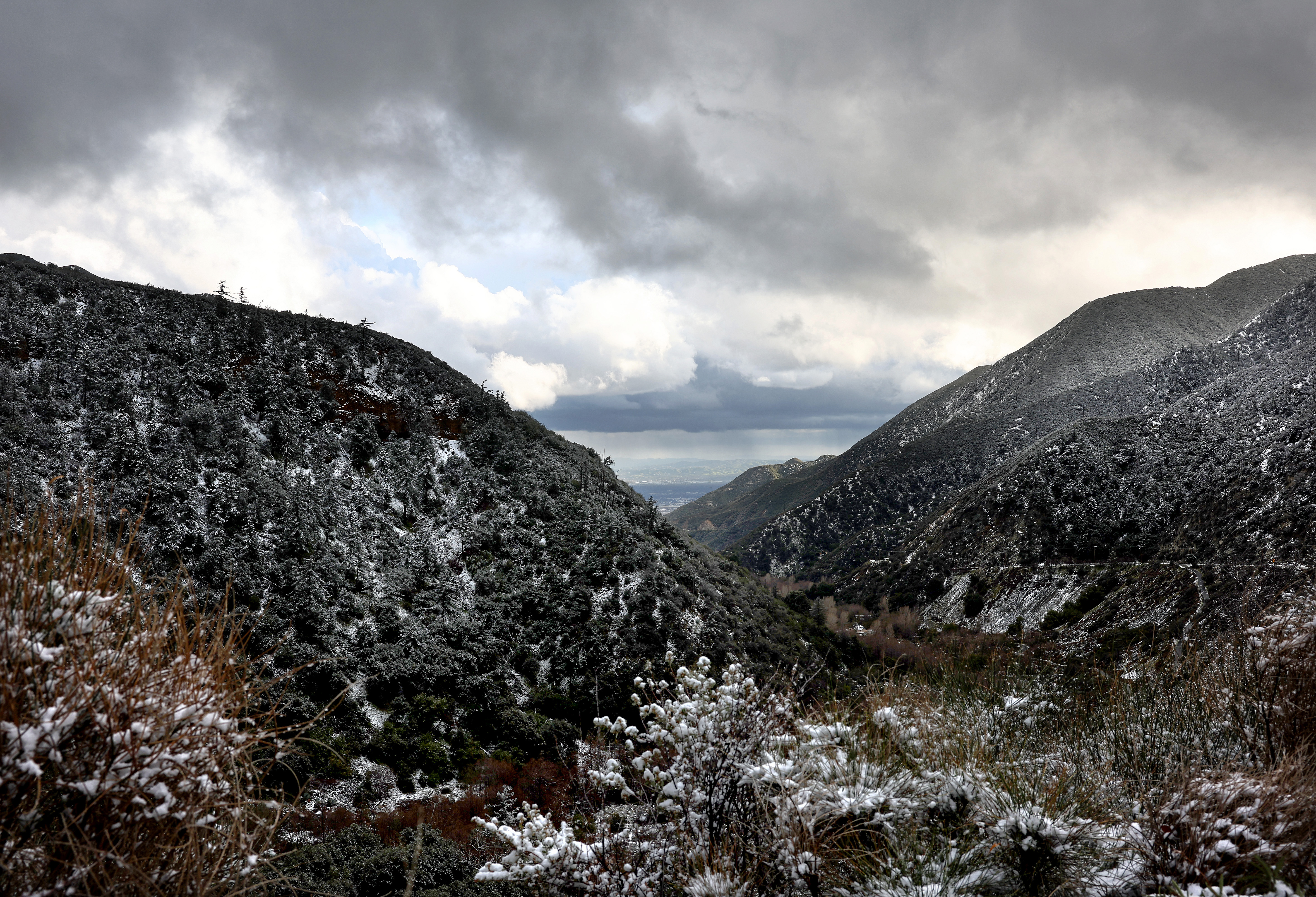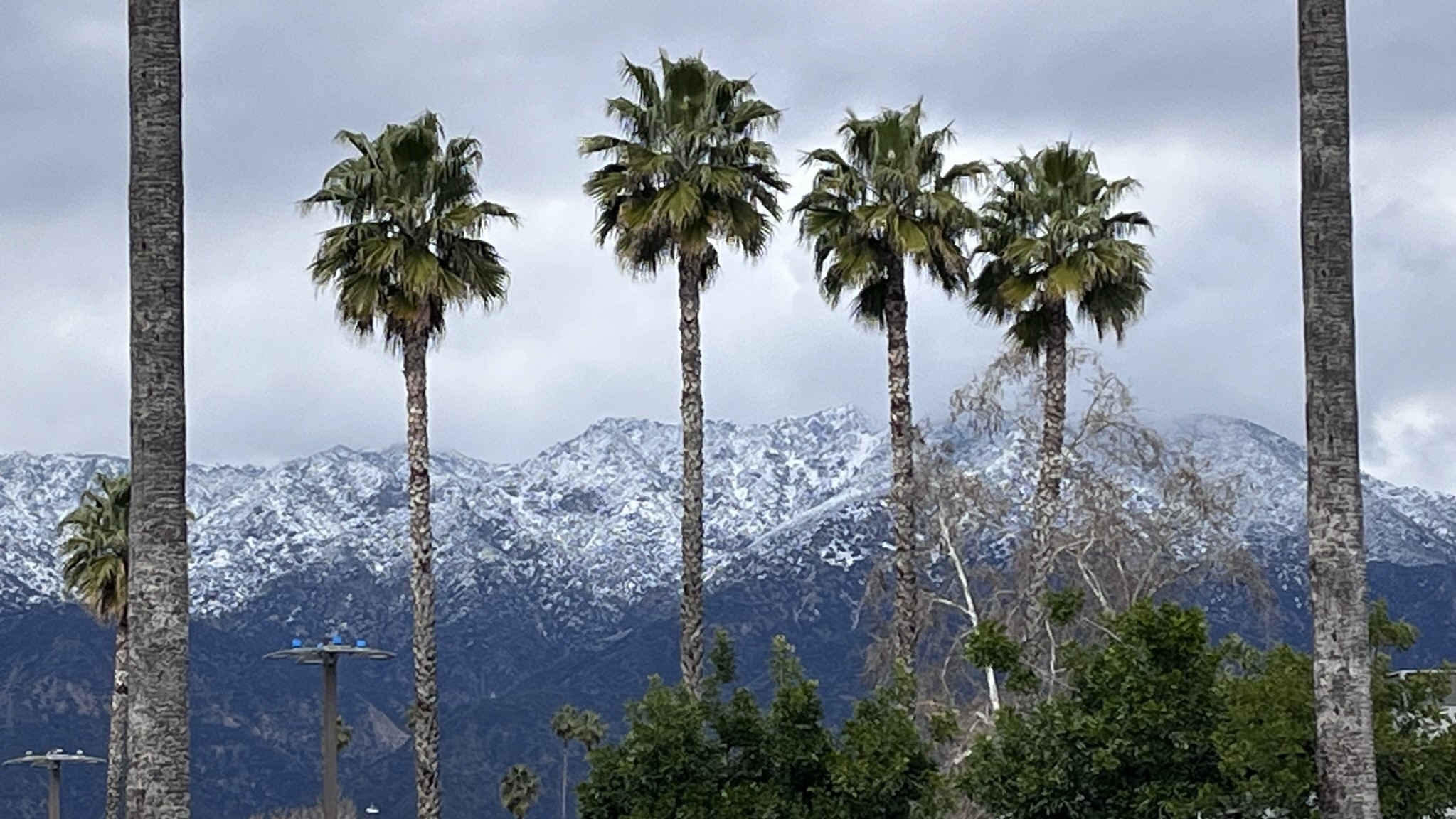Editor's Note: This story was originally published Feb. 26, 2019.
Rain, low-elevation snow, hail and more. Southern California has seen it all in the past week.
But on March 1, 1983, something even more unusual swept through neighborhoods south of downtown Los Angeles, destroying homes and businesses, flipping cars, hurling debris and ripping part of the roof from the LA Convention Center.
A tornado packing winds between 113 and 157 mph had struck Los Angeles. It left a scene of devastation usually associated with the Midwest and southern plains. When it comes to natural disasters, Los Angeles is a city more associated with earthquakes.
Get top local stories in Southern California delivered to you every morning. Sign up for NBC LA's News Headlines newsletter.
Unlike "drop, cover and hold on," taking shelter in the lowest level of a sturdy building was something different.
"The thing I remember the most about the 1983 tornado in Los Angeles was what an anomaly it was," said former NBC4 forecaster Fritz Coleman, who had joined the station a year earlier. "When the story aired, we thought, 'Wow, this is a historic event.'"
Some of the most powerful winter storms on record in California lashed the state in 1982 and 1983, resulting in severe weather-related hazards that long-time residents understood as part of living in Southern California -- flooding, dangerous surf pounding coastal communities, landslides and damaging winds.
It was a convergence of weather events that developed over the final days of February off the California coast that produced the rare and frightening historic event.
"You need rotation in the atmosphere, and some sort of storm to be able to lift some of that rotation," said NBC4 forecaster David Biggar. "We ended up with surface winds that were coming out of the south. But above it, up in the upper atmosphere, we had winds coming out of the west, and that creates this natural rotation through the atmosphere."
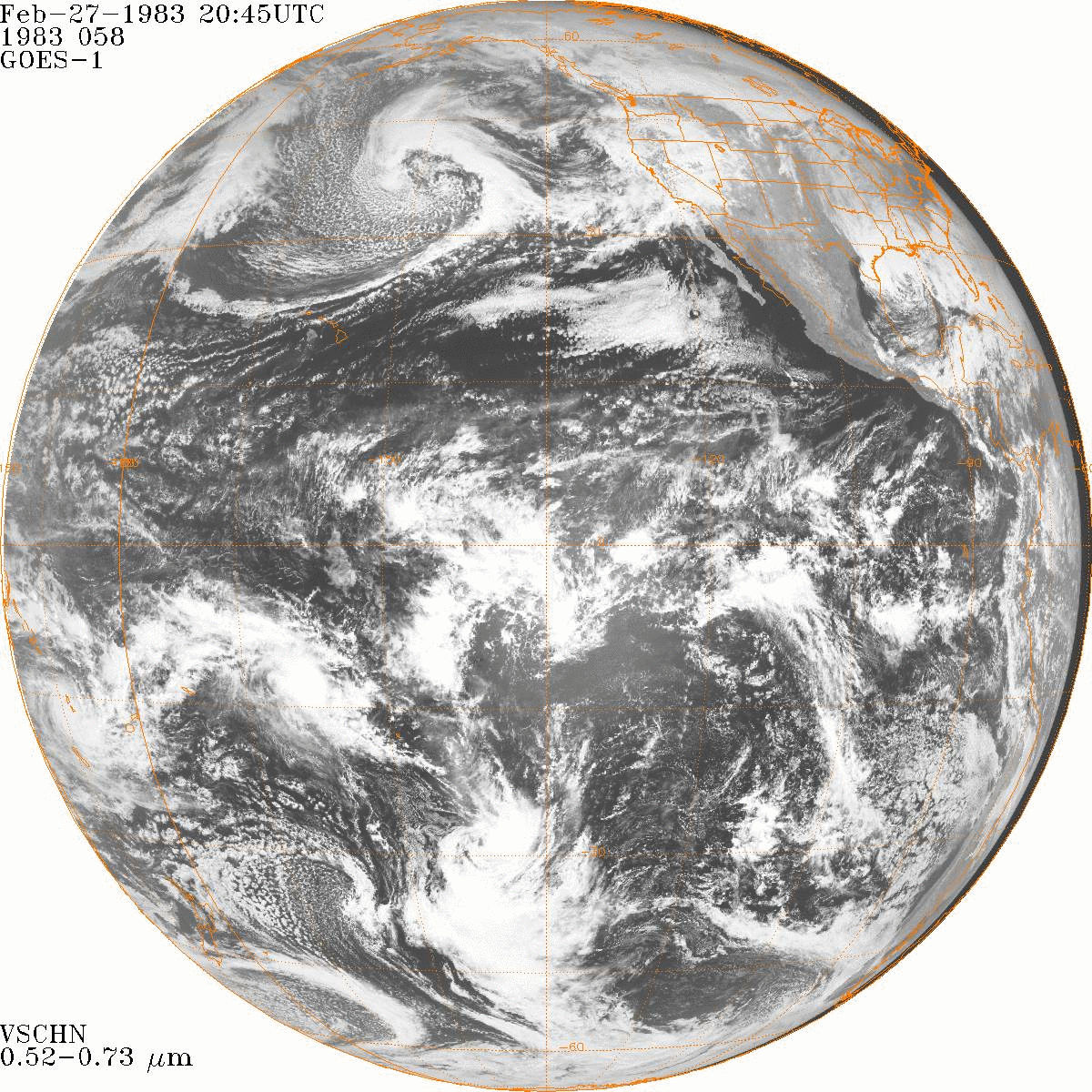
On the morning of March 1, 1983, Southern California faced the threat of flooding and mudslides due to the major winter storm, one in an unrelenting series that clobbered California over two months. The city's Emergency Operations Center had already been activated.
It was just before 8 a.m. when the tornado began carving its way through neighborhoods near downtown Los Angeles. A city fire department ambulance team responding to a separate call first reported a funnel-type cloud near 47th Street and Broadway at 7:59 a.m. Reports of wind damage followed.
Fire Station 15 received a report of a woman trapped in a car near Hill Street and Jefferson Boulevard. When they arrived, they found cars scattered by wind, downed power poles and seemingly endless debris. The call went out for help -- the area needed to be checked for more victims.
The map below shows the tornado's path. Closely paralleling the 110 Freeway, the tornado affected an area about 3.75 miles long and one-third of a mile wide. Moving in a generally south-to-north direction, the tornado passed within a quarter-mile of downtown high-rise buildings.
Click here for a Google Earth map showing the tornado's path. The prime disaster area was designated between 7th Street to the north and Slauson Avenue to the south, the 110 Freeway on the west and Central Avenue to the east.
The tornado was classified at the time as an F2, which can produce winds of 113 to 157 mph. And, in Southern California's mild weather, most buildings weren't built to withstand that kind of rotating wind.
Nine people were killed. More than 150 buildings were damaged or destroyed. More than 30 people were injured.
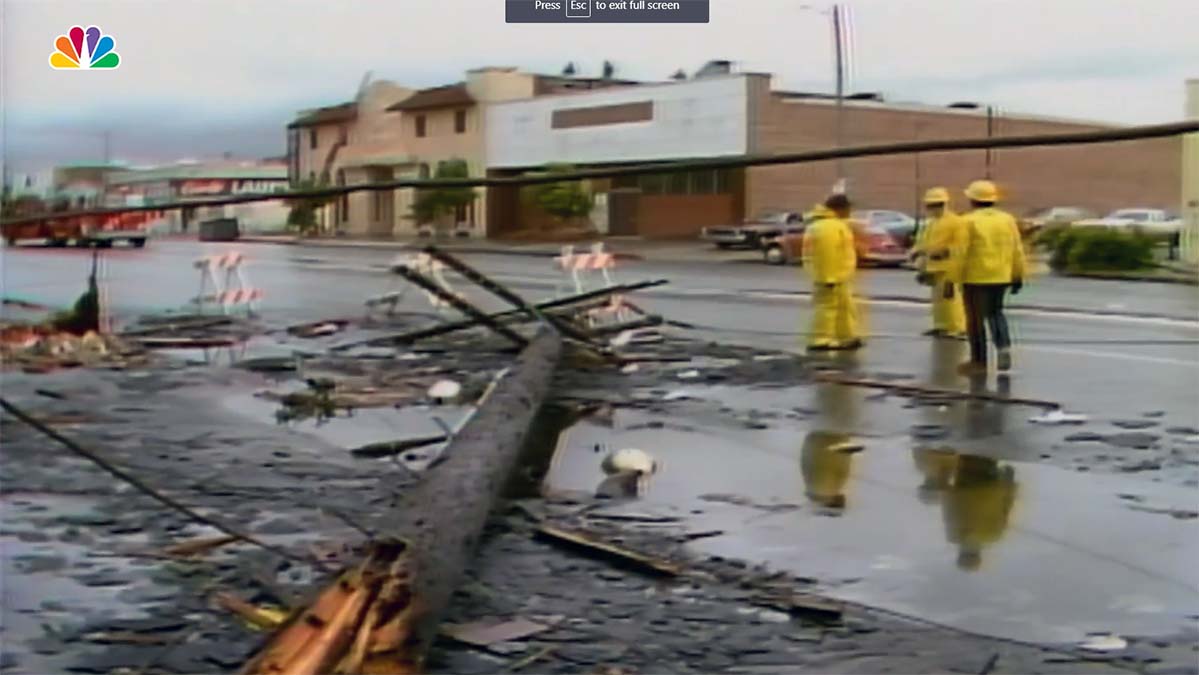
Without modern technology like camera phones, stunned witnesses recounted their perspectives on the destruction.
"I saw it coming, a big grayish, blackish swirling ball," Irene Willis told the Los Angeles Times. "It went right over the top of the post office there on Broadway and hit me like a ton of bricks.
"I had no control of my car. I didn't know if my car was on the ground or in the air. My windshield got knocked out -- a big board went right through it and went past my shoulder and landed in the back seat. It sounded like a bunch of freight trains going by."
At about the time the tornado developed, a skilled weather observer and professor in the geography department at USC just happened to be instructing a basic meteorological observations class on the roof of the campus' eight-story Vivian Hall. The location was just west of the tornado's path.
The professor described the sound of "roaring freight trains," a common characteristic of tornadoes.
The roof of the LA Convention Center, built in 1971, was partially torn of and large letters were ripped from the marquee over the building's entrance.
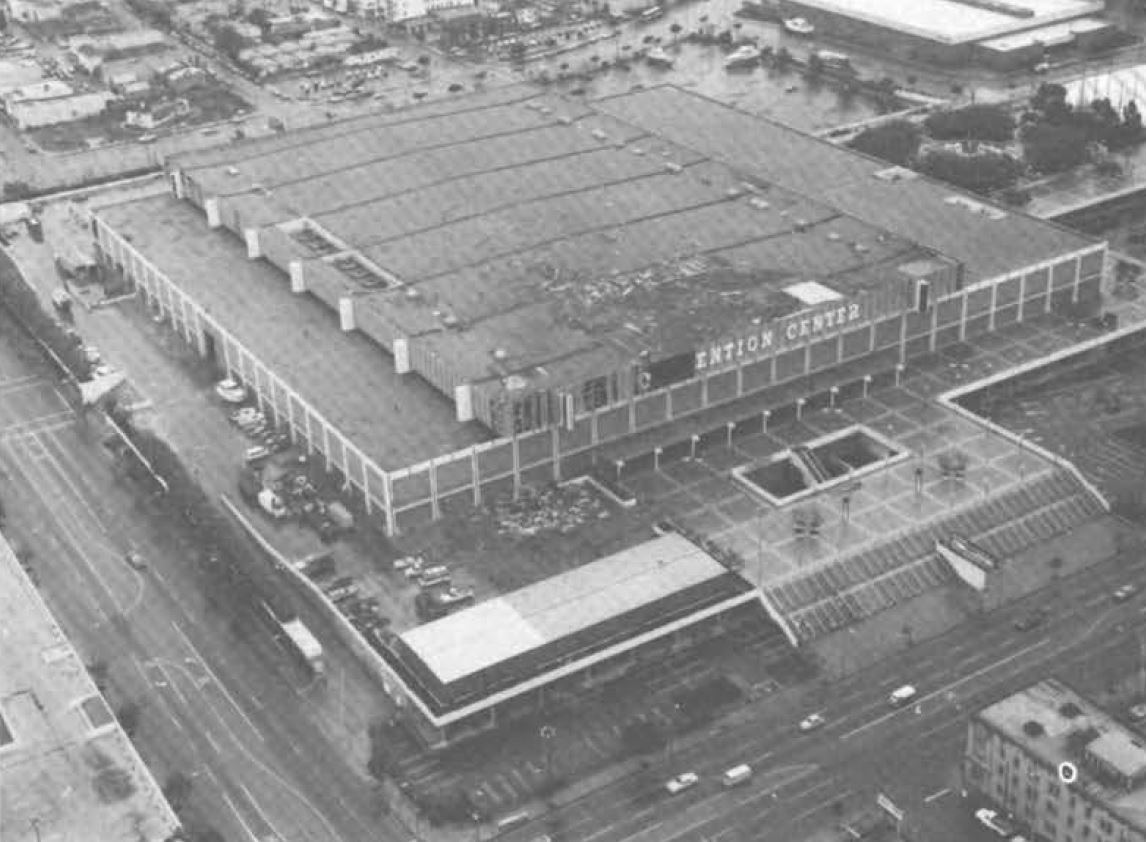
March 1, 1983 was an unusual, but not unprecedented, day for LA. There is a line in the National Research Council's report on the tornado that mentions similar tornadoes occurred in Southern California in the past and there's no reason to assume it won't happen again.
"It's not as rare as you might think," Biggar said. "A tornado of this kind of strength is rare. But LA County, since about 1950, I think we've had about four or five of these of that kind of strength.
"But I think this is probably very unique in where it was placed."
NBC4's David Biggar and Friz Coleman contributed to this report.

